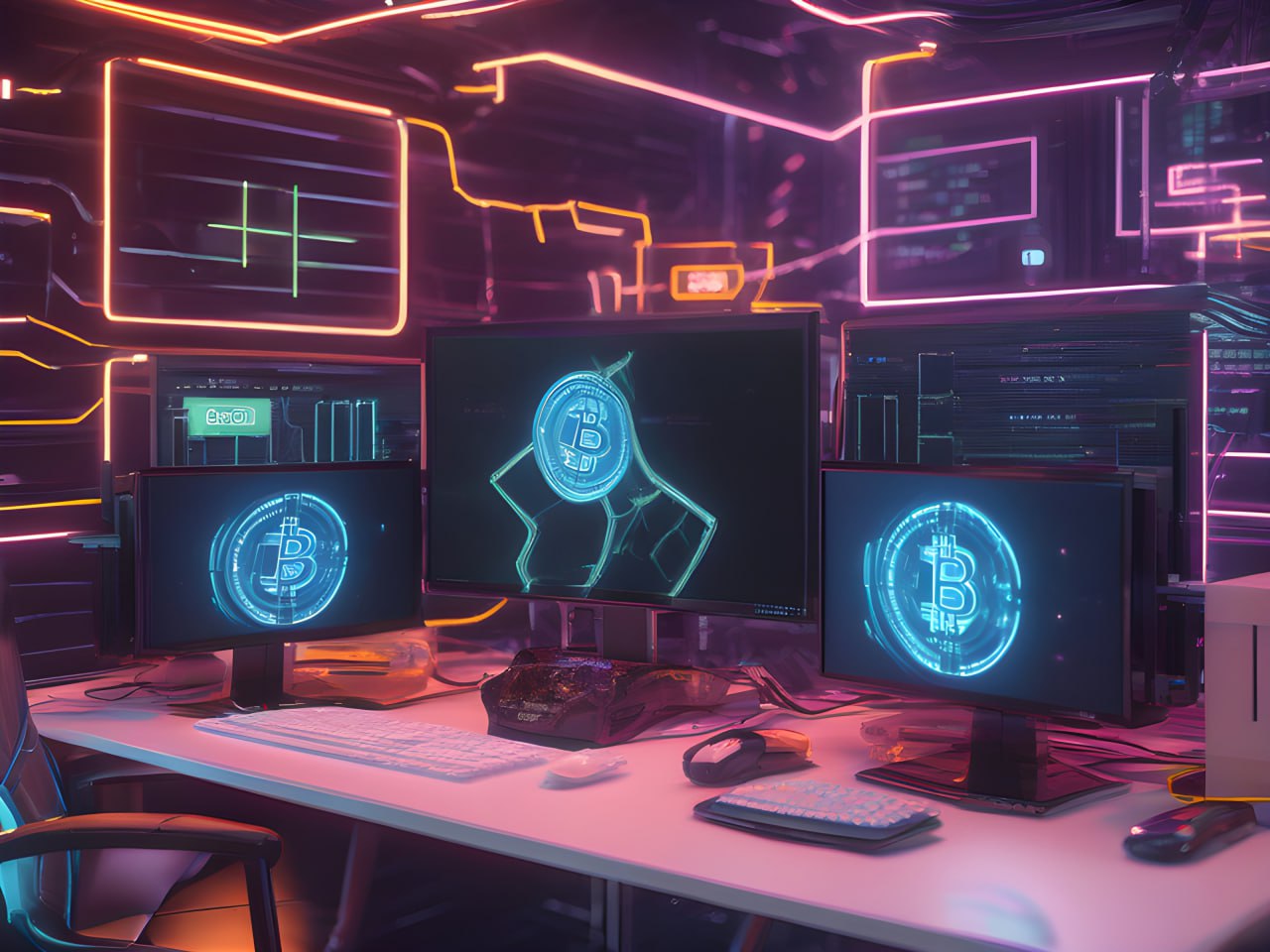Bitcoin is no longer a simple payment coin. Instead, for the past two quarters, new tech is accelerating to create layers on Bitcoin. The goal is to build a secure system of smart contracts, which is scalable, but also secured by the most secure blockchain. The newly developed RGB stands for Really Good Bitcoin, and aims to increase the capabilities of the oldest and largest blockchain.
What is RGB Protocol: Peer-to-Peer Smart Contract Transactions Verified on Bitcoin
RGB is primarily a community effort to make tech for building smart contracts widely available. The first version of this idea appeared about a year ago and was first mentioned in the Bitcoin developers mailing list.
What makes the platform different is that it de-couples the smart contracts from the need for a native blockchain. This makes RGB a scalable technology that can finally be secured through a Bitcoin block.
The platform will not issue its own token or shill any form of investment beyond voluntary support for improving the protocol.
Like the Bitcoin blockchain and the Lightning network, RGB is created through community efforts. The protocol is also trying to popularize its approach.
RGB also received support from popular developers who prefer to remain anonymous but are active in the crypto community. One of the leading developers, @crypcipher, introduced the potential of RGB tech at the end of March, leading to a boom of new applications in the past month.
The core principle of RGB is that all smart contracts will have client-side validation, not requiring any form of network consensus. Before the event can be broadcast to a selected blockchain, both sides of a smart contract must reach an agreement.
Transactions between the two sides of an RGB contract will be entirely private. When the final transaction is recorded on the blockchain, the only data is a hash number instead of plain text. This ensures that the original RGB contract action cannot be reversed, but also cannot be derived from the hashed value.
RGB Standard Helps Create New Batch of Projects
Beyond the underlying protocol, RGB is trending and creating its own batch of sub-projects. The RGB developers themselves do not shill tokens or startups. But multiple new developers are using the trend to offer RGB-based products.
On social media, the inclusion of the RGB letters in the project name is a way to signal belonging to the new technology. In a way, this resembles the trend of .eth name handles and personalized addresses.
For now, it is uncertain which of the new RGB projects are just vaporware, and which ones would provide infrastructure and value.
Participation in the RGB ecosystem starts with some of the newly updated wallets, which are also compatible with the Lightning network. Additionally, RGB projects may start their marketing with airdrops, creating anticipation in a wider user base.
The initial ideas of DEX trading using Bitcoin and Lightning network have been floating around since 2021 and the first DeFi boom. But this time around, all projects are attempting mass adoption. New wallets are offered, with an attempt to capture and consolidate other Bitcoin-based trends like Ordinals and Runes, as well as BRC20 tokens.
One of the more advanced projects, RGBEx, is now inviting developers to test the generation of new assets and build decentralized trading.
The rgbex.io project is also building up test liquidity. The platform will carry USDN, the RGB version of Tether (USDT), which will help build the first test trading pairs.
RGB Increases Client-Side Verification Requirements
Due to RGB’s private nature, decentralized exchanges will not be able to track swaps or lock the total value. On the client’s side, RGB will create additional complexity, as both parties to a contract must coordinate. Additionally, the user will be in charge of storing the data related to the state of their RGB assets.
One of the risks is to record flawed states in the final transaction, making it impossible to undo the smart contract action. Multiple transactions may produce a significant storage burden and require good Internet speed when interacting with other participants or nodes.


 Get ready to discover the power of
Get ready to discover the power of  Join us on May 5th, 12 AM UTC, for an exclusive
Join us on May 5th, 12 AM UTC, for an exclusive 
 Featuring insights from
Featuring insights from  Set…
Set… 
 HK (@CKBEcoFund)
HK (@CKBEcoFund)  ' All Things you need to know about Technology of
' All Things you need to know about Technology of 


